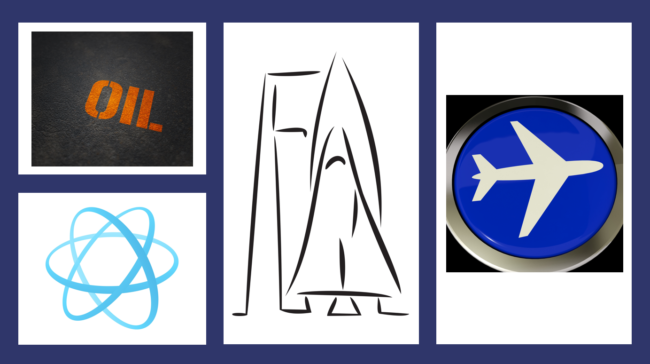Once Again Organizational Safety Cultures Have Failed. Why Does This Keep Happening?
The controversial Normal Accident Theory suggests that in complex systems accidents are enviable. So it would seem with continued major disruptions in Critical Infrastructure Sectors. We have argued that this is not necessarily correct.
Systemic Safety Culture
Following the Deepwater Horizon incident in 2010 and building off our 2014 book, IMPLEMENTING A CULTURE of SAFETY A ROADMAP FOR PERFORMANCE BASED COMPLIANCE, we continue to address the issues associated with safety failures and developed a Roadmap towards the High Reliability Organization (HRO). An HRO faces the same challenges are its industry peers; however, it has robust processes in place to quickly mitigate safety and critical operational exposures.
As part of our practice, we have developed a robust toolkit to facilitate the rapid transformation to an organizational Safety Culture without business disruption. Many of the tools are provided at no cost and are easy to use–their details are available.
Culture Eats Strategy
The aircraft manufacture Boeing and its supply chain are undergoing increased scrutiny as result of the Alaskan Airline Max 9 inflight door failure. This is entirely appropriate.
As part of this process, the aircraft producer’s culture has come into question. Some argue the firm moved away from an engineering culture to a safety culture. This pundit believes that they are one in the same for this sector.
A more appropriate argument is that the firm has recently exercised other values at the expensive of aircraft manufacturing technology. Is this a loss of focus and a deviation from core values and capabilities? Always a danger, i.e., New Coke and Bud Light.
Get Smart
In our recent book, “Smart Manufacturing: Integrating Transformational Technologies for Competitiveness and Sustainability, ” we make the case that the smart extended factory floor (including supply chain partners) adds significant value to organizations in that sector. This approach supports engineering/safety cultures while enabling certain social behaviors.
We believe that a simple Safety Culture is insufficient in complex environments. It must be coupled with High Reliable Management. Only then can organizations capitalize on ‘Smart’ coupled with new solutions such as Artificial Intelligence.
Is your Safety Culture Adequate? If not, what are you doing about it?
For More Information
Please note, RRI does not endorse or advocate the links to any third-party materials herein. They are provided for education and entertainment only.
See our Economic Value Proposition Matrix® (EVPM) for additional information and a free version to build your own EVPM.
The author’s credentials in this field are available on his LinkedIn page. Moreover, Dr. Shemwell is a coauthor of the just published book, “Smart Manufacturing: Integrating Transformational Technologies for Competitiveness and Sustainability.” His focus is on Operational Technologies.
“People fail to get along because they fear each other; they fear each other because they don’t know each other; they don’t know each other because they have not communicated with each other.” (Martin Luther King speech at Cornell College, 1962). For more information on Cross Cultural Engagement, check out our Cross Cultural Serious Game. You can contact this author as well.
For more details regarding climate change models, check out Bjorn Lomborg ands his latest book, False Alarm: How Climate Change Panic Costs Us Trillions, Hurts the Poor, and Fails to Fix the Planet.
Regarding the economics of Climate Change, check out our recent blog, Crippling Green.
For those start-up firms addressing energy (including renewables) challenges, the author can put you in touch with Global Energy Mentors which provide no-cost mentoring services from energy experts. If interested, check it out and give me a shout.

